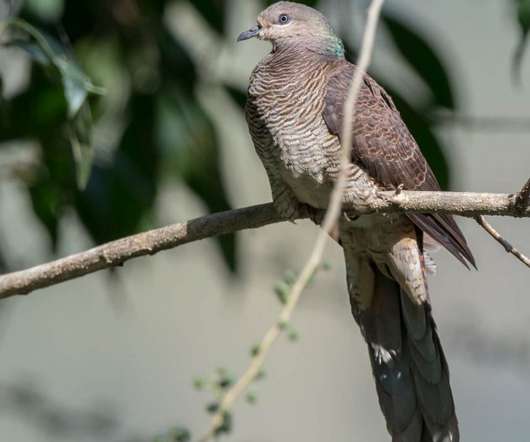The Hidden Qualities of House Sparrows
10,000 Birds
MAY 10, 2015
I’ll start off by naming the univerally accepted species, the House Sparrow propper Passer domesticus , the Eurasian Tree Sparrow Passer montanus and the ill-named Spanish Sparrow Passer hispaniolensis , which occurs from Spain all the way to central Asia and is rather difficult to find in the former.












Let's personalize your content